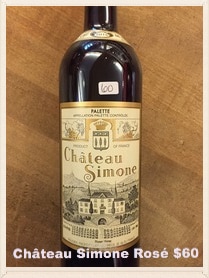 Cellaring Rose?
Cellaring Rose?
Cellaring is a common practice for wine enthusiasts, whether for just a couple bottles or several hundred. But for those who do age their wines, how many hold on to dry rosé and drink it long after release? At the moment, the market for dry rosé is certainly “flowing.” Just last week in the shop Paul recollected how some years ago you had to really search to find a good rosé. Now, we are fortunate enough to find a wide range of excellent expressions in this category along with ample quantity. In fact, an entire section of the shop between the spring and summer months is entirely devoted to the “pink stuff”. However, although dry rosé is certainly acknowledged more often as a fine-wine category, with a wide range of price points to support, it is still not commonly cellared.
At the end of the day, rosé is primarily made to satisfy consumers’ desires for fresh and enjoyable sipping wine to drink during the warm weather months. Producers pick their grapes early, ferment at cooler temperatures in stainless steel, and avoid malolactic fermentation, in the hopes of give the market exactly what it wants—a charming, delicious, and crisp wine.
Nonetheless, there are several dry rosé bottlings currently carried in the shop that we can recommend cellaring; one in particular is truly a gem, and anything but basic. It is certainly worth seeking out and putting it to the test, well, in a few years!
Château Simone
Château Simone is located in the tiny appellation of Palette within Provence. Many are completely unaware of Palette due to its famous and much larger neighbors, Coteaux d’Aix en Provence and Côtes de Provence. The wines made at this 20 hectare property are unique to say the least with outstanding quality. The area is surrounded by a pine forest, the Arc River, and the Montagne Sainte-Victire mountain range. The vineyards sit on limestone soils at elevations as high as 750 feet, creating a microclimate with superb growing conditions. Some of the vines are as old as 100 years in age. For over two hundred years the Rougier family have run the Château, and are every bit as lovely as their wines.
Their rosé is produced in a similar fashion to their red wines and contains mostly Grenache and Mourvèdre with small amounts of Syrah, Carignan, Cinsault, Cabernet Sauvignon, Picpoul Noir, Muscat de Hambourg, Tibouren, Théoulier, and Manosquin. It is produced much like a red wine, moving from a wooden basket press to wooden vats for fermentation, along with one and a half to two years of aging in Foudres and another year in mature barrique. The dedication to this aging process gives this wine outstanding structure, power, and complexity that will certainly stand up to a decade of cellaring.
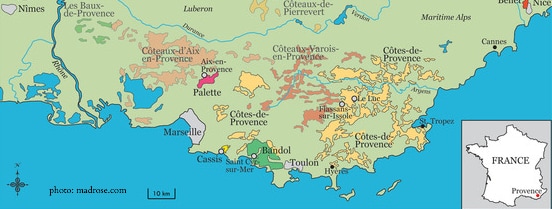
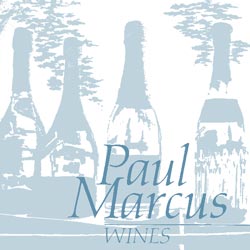
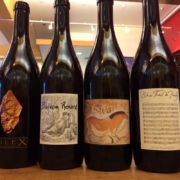
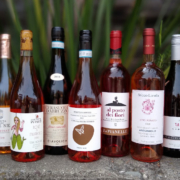
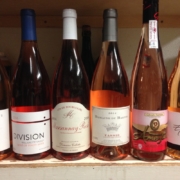
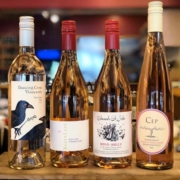
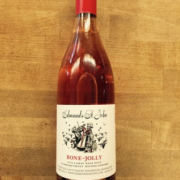

Leave a Reply
Want to join the discussion?Feel free to contribute!